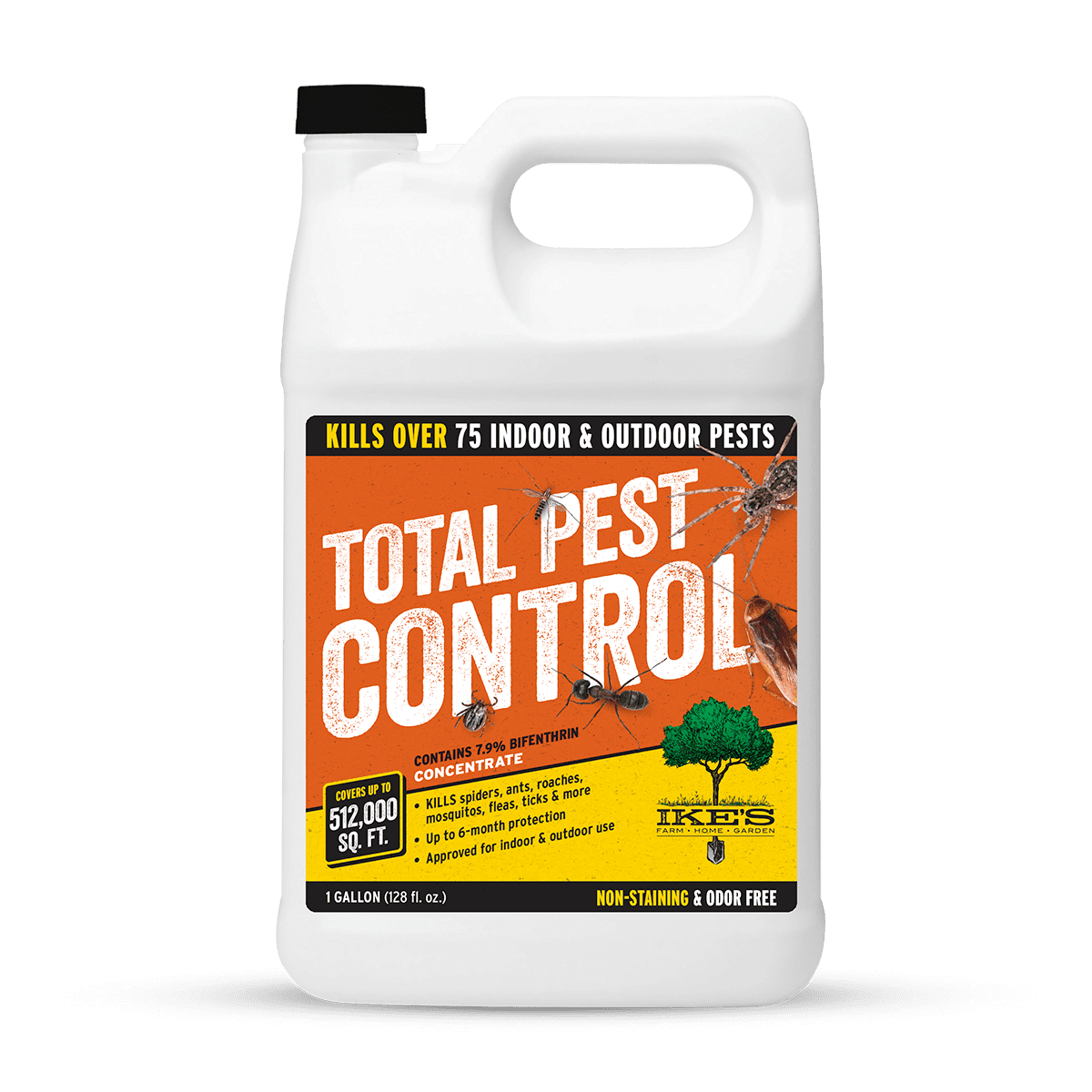Trustworthy A1 Bed Bug Exterminator Charlotte - Remove Bed Bugs Rapid
Bed Pest Therapy Failure: Contrasting Chemical Vs. Non-Chemical Solutions
In the realm of insect control, specifically when handling the persistent problem of bed pests, the selection between chemical and non-chemical therapy remedies can be an essential one. Both strategies offer distinct benefits and downsides, influencing factors such as effectiveness, safety and security considerations, and total price. By checking out the nuanced details of each technique, a clearer understanding of which course to seek in dealing with a bed bug invasion can be attained.
Effectiveness of Chemical Treatments
Chemical treatments for bed insect infestations have been commonly acknowledged for their potent and quick effectiveness in removing these pests. When taking into consideration the effectiveness of chemical therapies, it is essential to comprehend that they can offer a quick and complete option to a bed insect problem. Specialist pest control specialists commonly depend on insecticides to target bed bugs at numerous phases of their life cycle, consisting of eggs, adults, and nymphs. These chemicals typically function by interrupting the bed bugs' worried system, resulting in paralysis and ultimate death.
Additionally, chemical therapies have the advantage of supplying residual effects, suggesting that they can remain to remove bed insects also after the preliminary application. This residual activity is especially beneficial in combating any kind of potential re-infestations. Furthermore, the quick action of chemical treatments can bring relief to people facing extreme bed bug problems, permitting them to reclaim control of their living areas promptly.
Safety Interest In Chemical Solutions
One crucial aspect that requires careful factor to consider when using chemical options for bed insect therapy is ensuring the safety and security of occupants and the atmosphere. While chemical treatments can be reliable in getting rid of bed pests, they may posture threats if not taken care of effectively. One of the main security interest in chemical options is the possible injury they can trigger to human wellness. Direct exposure to specific chemicals used in bed pest treatments can cause breathing concerns, skin inflammation, or various other adverse reactions, specifically in people with pre-existing problems or level of sensitivities. Additionally, inappropriate application or dosage of chemical pesticides can cause hazardous deposits remaining in the treated area, positioning lasting wellness dangers to passengers.
Additionally, the ecological influence of chemical remedies is another substantial consideration. Some pesticides used in bed insect therapies might be hazardous to beneficial pests, wildlife, and environments if they leach right into the dirt or water systems. It is crucial to utilize chemical treatments sensibly, following safety standards, and considering less hazardous choices to alleviate these dangers and make certain the secure and reliable monitoring of bed insect problems.
Advantages of Non-Chemical Strategies
Taking into consideration the possible safety and security problems and ecological effect linked with chemical services for bed pest therapy, checking out non-chemical methods presents an appealing choice with numerous unique benefits. Non-chemical therapies are ecologically friendly, as they do not add to air or water air pollution, making them a lasting option for pest control.
In addition, non-chemical options can be efficient in targeting this bed insects, consisting of hard-to-reach areas where chemical treatments might not permeate - A1 bed bug exterminator charlotte. Techniques such as warmth treatment, vacuuming, heavy steam cleaning, and mattress encasements supply comprehensive obliteration without the use of hazardous chemicals.
Limitations of Non-Chemical Treatments

Furthermore, non-chemical therapies typically require multiple applications to accomplish successful elimination. This can be lengthy and might not constantly assure total removal of all bed insects and their eggs, specifically in covert or hard-to-reach locations.
Moreover, the success of non-chemical treatments greatly counts on appropriate application and thoroughness, which can be testing for people without expert knowledge. Poor application of non-chemical methods might cause insufficient eradication, resulting in persistent problems and the requirement for extra treatments.
Therefore, while non-chemical therapies have their advantages, it is vital to recognize these limitations and consider them when identifying the most effective approach for handling bed bug invasions.
Expense Comparison: Chemical Vs. Non-Chemical Options
Provided the restrictions connected with non-chemical treatments, an essential element to review in site the context of bed pest administration is the expense contrast in between chemical and non-chemical choices. Chemical therapies commonly include the application of pesticides by experts, which can range from $250 to $900 per space, depending on the intensity of the problem and the size of the location to be treated. In contrast, non-chemical therapies like warmth treatment or vapor can be much more expensive, with costs ranging from $1,000 to $6,000 for an entire home. While the initial price of chemical therapies might appear reduced, numerous treatments may be called for to totally eradicate the infestation, potentially enhancing the general price. On the other hand, non-chemical choices may supply a much more lasting and environment-friendly option, although they can be cost-prohibitive for some individuals. Ultimately, when thinking about the cost of bed insect therapy alternatives, it is necessary to weigh the in advance expenses versus the performance and long-term sustainability of the chosen technique.
Conclusion

Taking into consideration the possible safety problems and environmental influence linked with chemical options for bed pest therapy, checking out non-chemical techniques provides an encouraging alternative with several unique benefits.Offered the limitations associated with non-chemical therapies, a necessary aspect to examine in the context of bed pest management is the expense contrast between chemical and non-chemical alternatives. In contrast, non-chemical treatments like warmth treatment or steam can be much more costly, with prices ranging from $1,000 to $6,000 for an entire home. While navigate to this website the preliminary price of chemical treatments may seem lower, several therapies might be called for to totally eliminate the invasion, potentially boosting the total cost.In final thought, when contrasting chemical and non-chemical bed insect therapy options, it is crucial to consider efficiency, safety, advantages, constraints, and expense.